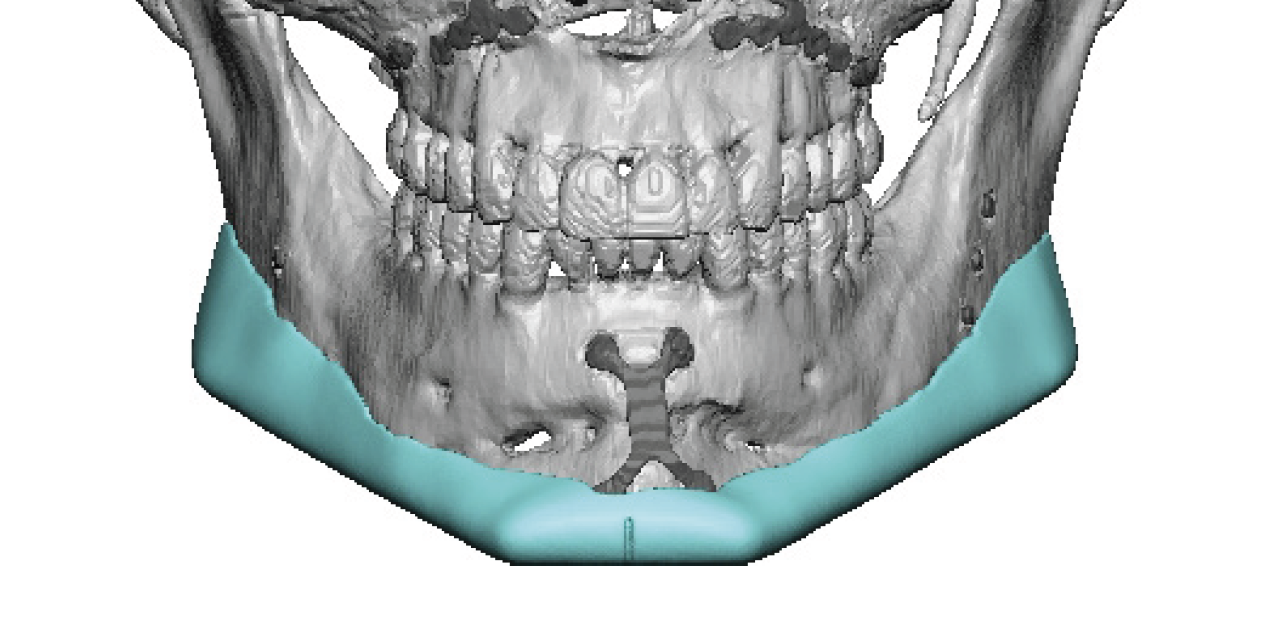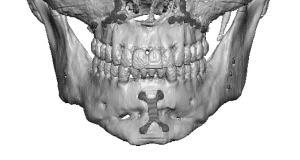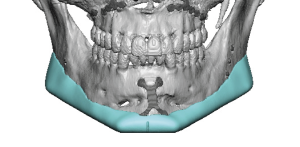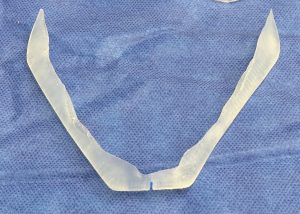Background: The most common bony changes done to the lower jaw are the sliding genioplasty and the sagittal split ramus osteotomy. (SSRO) Other types of bony changes less commonly done are chin wing osteotomies, v line surgery and TMJ joint replacements. All of these autologous jaw procedures can create very effective lower facialreshaping changes but they are not perfect in terms of bone shape or in creating ideal dimensional changes.
This is where the role of secondary jaw reshaping by a custom implant comes into play….provided an augmentative change is needed for an improved aesthetic outcome. All of these bony jaw changes, regardless of the bony irregularities and metal hardware that now exists within, can have implants placed over and around them. This requires an obvious custom implant design to do so.
One of the most obvious indication for custom implants after a jaw osteotomy is when a bony genioplasty is performed. This subtotal jaw augmentation procedures leaves the rest of the jawline ‘behind’. This may not be so or obvious if the bony genioplasty had a primary horizontal movement. But when the chin movement has a major vertical movement the mandibular plane angle becomes non-linear and dimensionally deficient.
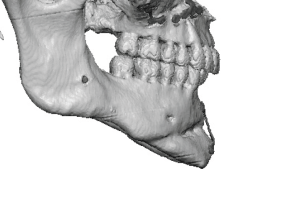
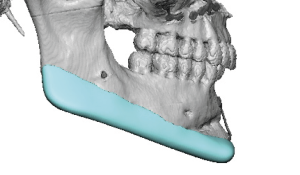
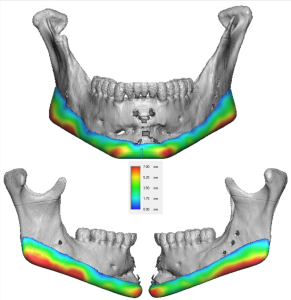
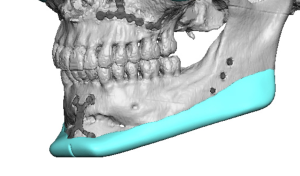
Key Points:
1) Bony jaw procedures have major reshaping effects but do not always produce smooth contours or achieve optimal aesthetic augmentation effects.
2) A vertical lengthening genioplasty can create a vertically deficiency jawline behind it.
3) Only a custom implant design can concurrently contour and augment in a predictable fashion any facial bone irregularities.
Dr. Barry Eppley
World-Renowned Plastic Surgeon

